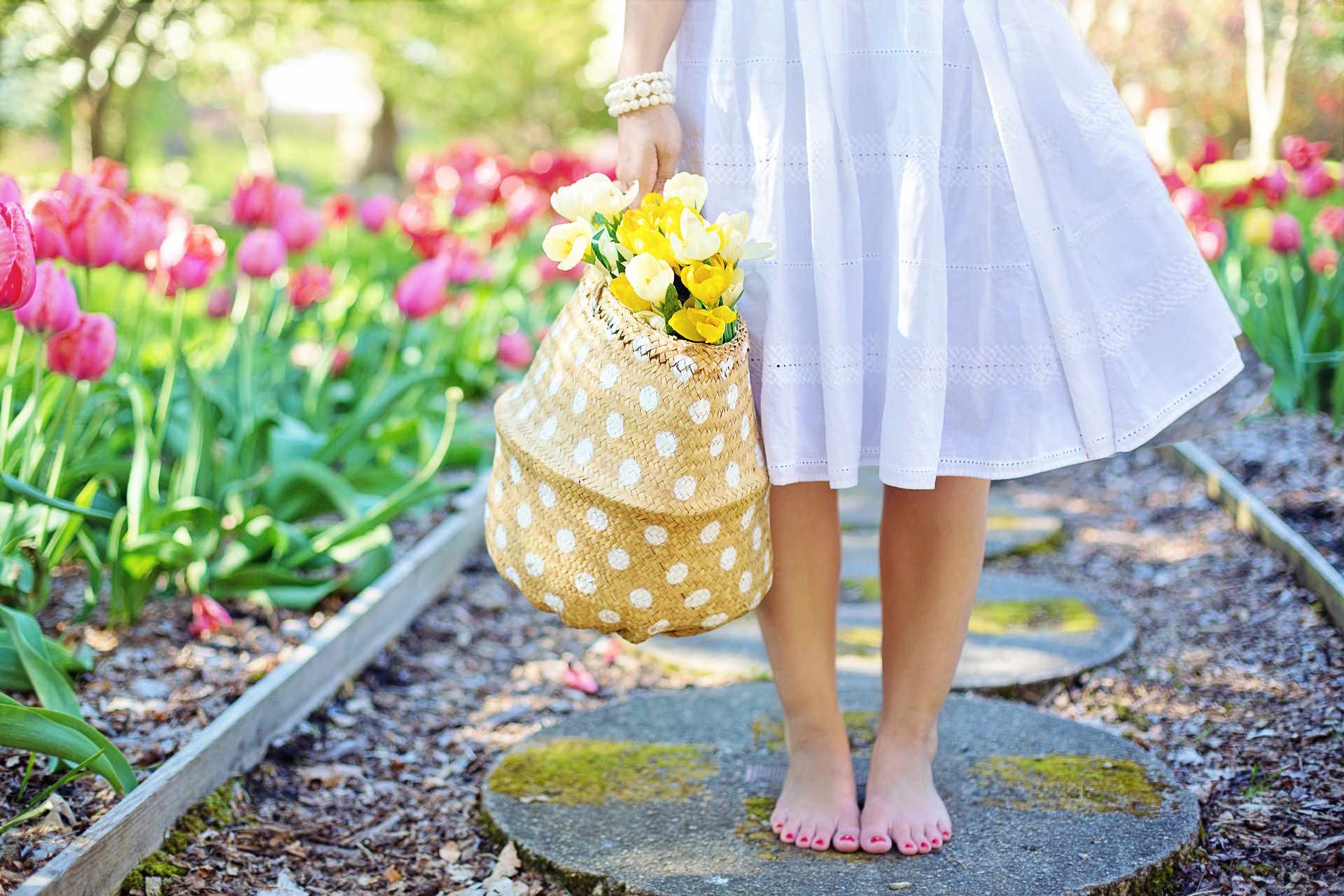Creating a Sustainable Garden: Eco-Friendly Practices for Greener Living
Transform your outdoor space into a sustainable oasis by incorporating eco-friendly gardening practices that promote biodiversity, conserve resources, and reduce your environmental footprint. From water-wise landscaping to organic gardening techniques, there are numerous ways to cultivate a beautiful and sustainable garden that benefits both the planet and your well-being. Explore below how to create a sustainable garden and embrace greener living.

Water-Wise Landscaping
Conserve water and reduce water usage in your garden by implementing water-wise landscaping techniques. Choose drought-tolerant plants native to your region that require minimal watering once established. Group plants with similar water needs together and use mulch to retain moisture in the soil and prevent evaporation. Install a rain barrel or cistern to collect rainwater for irrigation, and consider incorporating drip irrigation or soaker hoses to deliver water directly to plant roots and minimize waste.
Composting and Soil Health
Improve soil health and fertility by composting kitchen scraps and garden waste to create nutrient-rich compost for your garden. Composting not only reduces waste sent to landfills but also enriches the soil with essential nutrients and beneficial microorganisms. Use compost as a natural fertilizer to nourish your plants and promote healthy growth without relying on synthetic chemicals. Additionally, practice crop rotation and cover cropping to prevent soil erosion, suppress weeds, and replenish soil nutrients naturally.
Organic Pest Control
Protect your garden from pests and diseases without resorting to harmful chemicals by practicing organic pest control methods. Encourage natural predators like ladybugs, lacewings, and birds to control pest populations by providing habitat and food sources such as native plants and bird feeders. Use physical barriers like row covers or netting to protect plants from pests, and handpick or prune affected plant parts to remove pests and prevent infestations. Incorporate companion planting and crop diversity to confuse pests and promote a healthy ecosystem in your garden.
Pollinator-Friendly Plants
Support pollinator populations such as bees, butterflies, and hummingbirds by planting a diverse selection of pollinator-friendly plants in your garden. Choose native plants rich in nectar and pollen, such as coneflowers, lavender, and milkweed, to provide essential food sources for pollinators throughout the year. Avoid using pesticides and herbicides that can harm pollinators and their habitats, and create nesting sites and sheltered areas for bees and other beneficial insects to thrive.
Sustainable Garden Design
Design your garden with sustainability in mind by prioritizing functional and ecological features that enhance biodiversity and promote environmental health. Incorporate elements such as rain gardens, bioswales, and permeable paving to manage stormwater runoff and prevent erosion. Create habitat areas like wildlife ponds, birdhouses, and insect hotels to attract and support a diverse range of wildlife in your garden. Embrace permaculture principles and create self-sustaining ecosystems that mimic natural patterns and cycles to minimize inputs and maximize yields over time.
Conclusion
Creating a sustainable garden is a rewarding journey that allows you to connect with nature, conserve resources, and contribute to a healthier planet. By implementing water-wise landscaping, composting, organic pest control, and pollinator-friendly practices, you can cultivate a thriving garden that benefits both the environment and your well-being. Embrace the principles of sustainable gardening and enjoy the beauty and abundance of a greener, more resilient outdoor space. Read below for more inspiration on sustainable home and garden projects that elevate your living environment to new heights of eco-consciousness and beauty.




